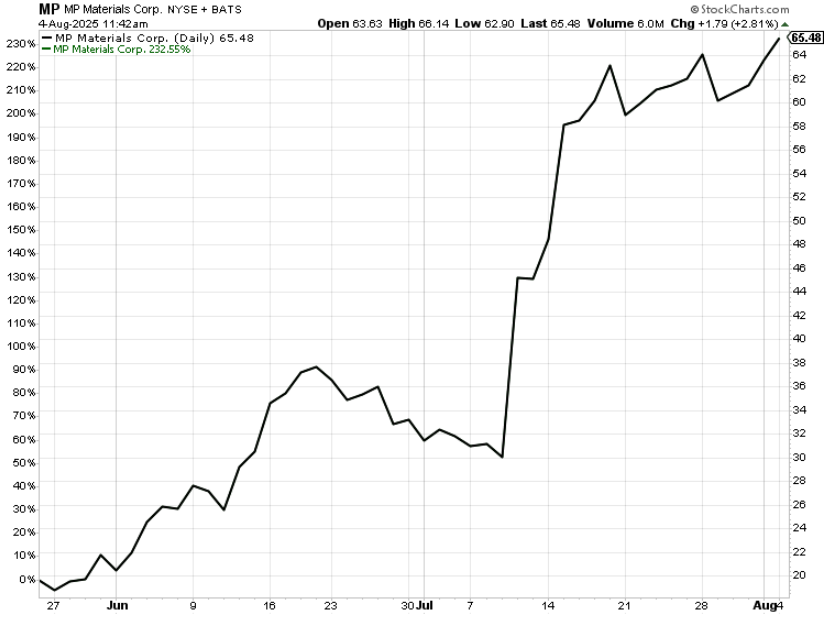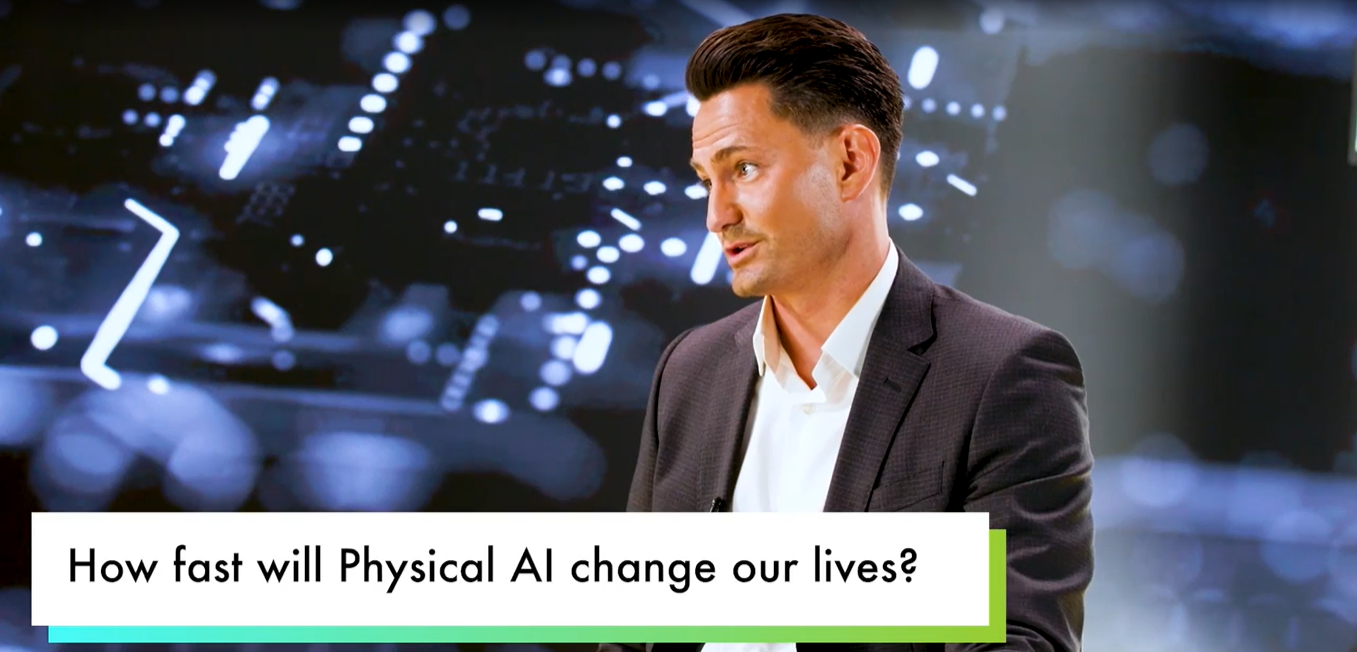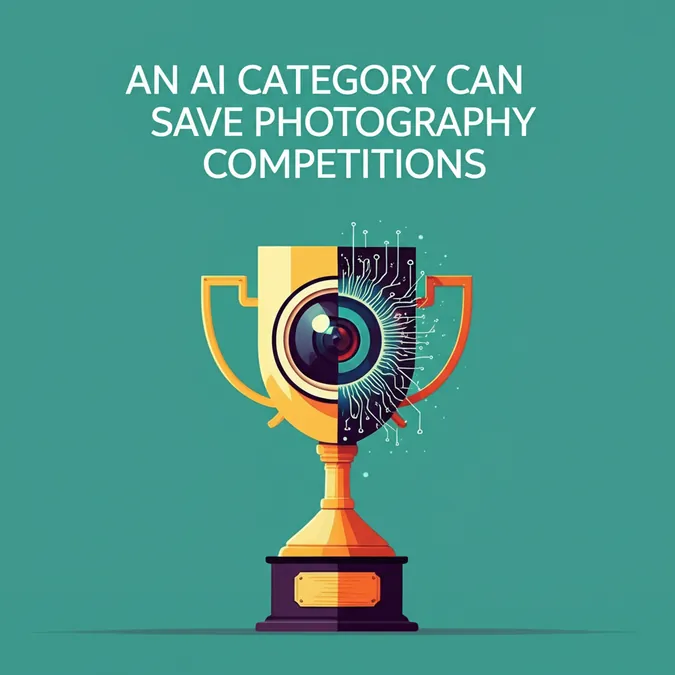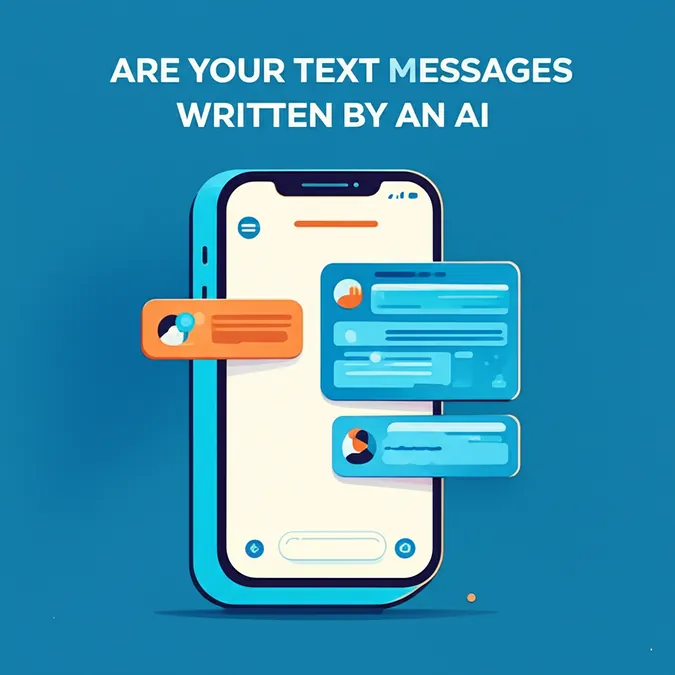Beyond Software The AI Robotics Investment Boom Begins
The Next AI Wave: From Screens to Physical Robots
Three years ago, ChatGPT's arrival felt like an overnight revolution to those paying close attention. For many, however, the change was more gradual—a slow realization that the technological landscape had fundamentally shifted.
Today, we are at the precipice of a similar boiling-point moment. This time, the transformation isn't confined to software. It's physical and tangible, taking the form of intelligent, humanoid robots. This marks a critical turning point in the AI investment story, potentially heralding a revolution that could eclipse even the internet in scale.
A recent discussion with leading analysts offers more insight into this trend and why the AI Robotics Revolution is gaining momentum.
The Robot Revolution Is Already Here
The evidence of this shift is no longer confined to research labs. Consider these real-world examples:
- Tesla's Optimus is currently serving popcorn to customers at the Tesla Diner in Hollywood, demonstrating its capabilities in a public-facing role.
- In China, soccer-playing robots are showcasing astonishing agility, reacting instantly to a moving ball. These bots are hyper-connected and improving at an exponential rate.
- The robotics company Unitree is now selling consumer-grade humanoid robots for just $6,000—a price point that makes them accessible for household use.
These developments are not isolated stunts. They are clear signals that the AI Robotics Revolution is not just coming; it has already begun.
Understanding the Robot Stack: The New Investment Frontier
When ChatGPT took the world by storm, Nvidia quickly became the star of the AI boom. Its GPUs provided the essential computing power, making it the bottleneck—and the biggest winner—of the software AI era.
Robotics is poised to follow a similar pattern. Building humanoid robots at scale requires an entirely new supply chain, or what experts call the "robot stack." This stack is the hardware and infrastructure layer that underpins physical AI, including components like actuators, vision chips, specialty semiconductors (XPUs), and rare earth magnets.
This foundational layer is being built right now, and early investors are already capitalizing on it. Take MP Materials, a U.S.-based rare-earth supplier. Last month, after securing major investments from both Apple and the U.S. government, its stock doubled within days.

This is the ground floor of a massive new market, and much like the early days of the software AI boom, most of the world isn't paying attention yet.
From Novelty to Necessity: The Coming Robot Age
The adoption curve for humanoid robots will likely be swift and steep. Think of the rapid normalization of Waymo robotaxis in cities like Phoenix, where they went from a stunning novelty to a common sight in just a few months.
The same will happen with humanoid robots. With Tesla's Optimus already performing real jobs and household bots selling for less than a MacBook Pro, it's projected that humanoid robots could become as common as electric vehicles within the next three to five years.
The economic impact will be enormous. The ChatGPT boom sent stocks like Nvidia, Super Micro, and Broadcom soaring by 1,000% or more. Now, smart money is rotating into the AI robotics stack. This trade could be even bigger because it involves deploying an entirely new labor force, not just software.
This is the critical moment before a technological revolution goes mainstream. Investors who act now, before robots are a common feature in our daily lives, are positioning themselves ahead of a monumental global shift. Industry analysts are already preparing to unveil strategies for capturing the estimated $20 trillion capital wave flowing into AI hardware, robotics, and infrastructure.



